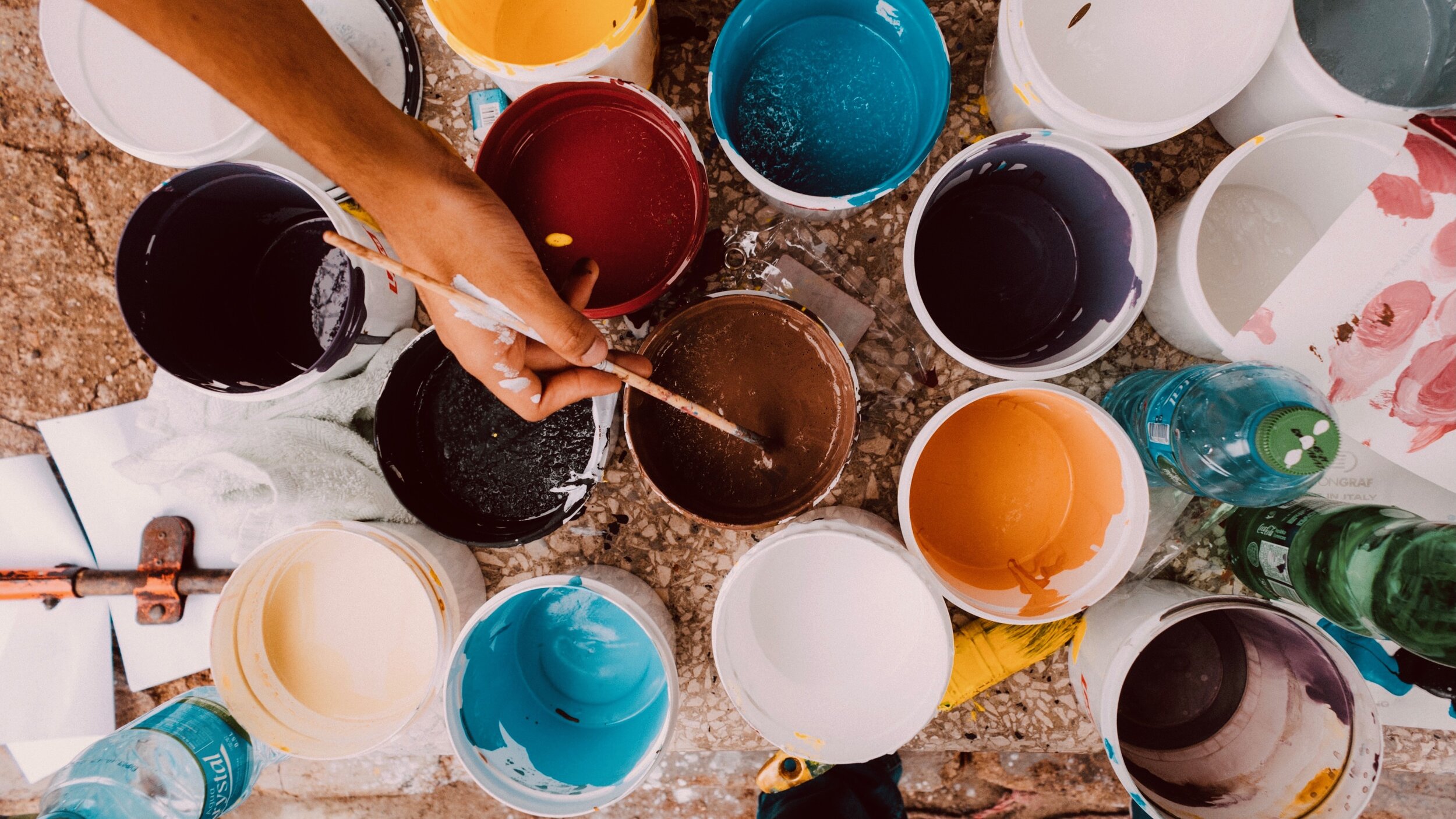9 Ways to Get The Most Out of Your Creative Mind

9 Ways to Get The Most Out of Your Creative Mind
Tapping into your best creative self can lead to a life filled with inspiration, imagination, and fulfillment. However, it is essential to know that creative excellence does not effortlessly unfold, even for the most creative people. It requires focus and dedication and can also lead to periods of frustration and disappointment. To capture the common sentiment that many creative geniuses experience throughout the creative process, take, for example, writer and satirist Dorothy Parker’s famous quote, “I hate writing. I love having written.”
If the creative process were easy, everyone would be a creative genius. More often than not, people find themselves rewriting the same lines, crumpling up a drawing, or abandoning a painting, only never to pick it up again. Being creative means continually having to work outside of one’s comfort zone, and so this feeling of discomfort is natural when flexing one’s creative muscle.
While the creative process can, at times, be discouraging, the act of being creative is a gift in itself. If Dorothy Parker hated writing so much, why did she never stop? It’s because the feeling she received upon finishing a story, upon being able to peruse through the words and narrative she weaved together from nothing, far outweighed any negative emotion she felt along the way.
To encourage creative thinkers, both seasoned and new, to keep creating, here are nine ways to be successful throughout the creative process:
1. Establish Clear and Accomplishable Goals
Creative thinkers must often work simply off the ideas in their head which means that it is important to set clear goals every step of the way. This can be a seemingly small, but impactful way, of re-affirming one’s progress on the project along with reinforcing an individual’s innate creativity. Whether it is a song, sculpture, or a story, setting clear goals throughout the creative process can help individuals remain invested in their work by providing a visualization of their progress.
Check Out Our Best Selling Journals
The Original Creative Thinking Guided Journal
The All-Ages Creative Thinking Guided Journal
2. Appropriately Challenge Your Skills
A creative thinker’s skills must be up to par with whatever challenges that their projects may bring. If a creative thinker begins working on a project outside of their skills, they risk becoming frustrated and abandoning the project. On the other hand, if a project comes too easily then, creative thinkers risk losing interest altogether due to boredom. By ensuring that there remains a balance between challenge and skill, creative thinkers can more readily assure themselves of their creative potential. This balance can also help creative thinkers maintain a realistic awareness of their skills in hopes of further strengthening these skills over time.
3. Critically Review Your Work
Being a creative thinker often means working alone, which means that creative thinkers must be able to healthily critique their work. Creative thinkers must learn to be able to take a step back and review their creative work from a critical perspective. This can often lead to not only new ideas for their work but also inspiration about one’s creative capabilities. However, it is important not to take this step too far and stop oneself from creating altogether. The lesson here is to be able to critically assess one’s work to continually improve one’s skills and work overtime.
4. Merge Creative Focus and Creative Awareness
It is fairly difficult for people to remain in the present. Even while driving, people report zoning out and seemingly just going through the motions. However, when creative thinkers work, they must often unite their awareness of the present with their focus. They cannot let their minds wander but must instead, remain rooted in the present focused on the task at hand. By combing your focus and awareness while working, creative thinkers can achieve more which can lead to more feelings of satisfaction becoming associated with creativity.
5. Remove Distractions
Distractions are a common killer of creativity because they limit the amount of focus and energy that creative thinkers can put into their work. Constant distractions can easily lead to frustration and discourage creative thinkers from wanting to work altogether. Completely removing all distractions from the environment can help creative thinkers enter their flow. The complete exclusion of distractions also helps creative thinkers maintain a steady schedule of progress, instead of always feeling like they never get any work done.
6. Forget about Failure
The fear of failure can often loom in the back of one’s head, but it is important to face this fear and understand that failure is an essential part of the creative process. It is through failure that creative thinkers can learn, adapt and ultimately, innovate. Learning would not be possible without failure and so, as creative thinkers, one must learn to embrace the opportunity of failure as it is an opportunity for self-improvement in disguise.
7. Manage Self-Consciousness
Just as creative thinkers must face their fear of failure, creative thinkers must learn to manage any intrusive thoughts that may bring on feelings of self-consciousness. Being conscious of the world around us is natural, but when getting ready to create, creative thinkers need to drown out any lingering thoughts of doubts and anxiety. Believing in one’s innate creativity is half the battle to being creative. So, while these intrusive thoughts may cause creative thinkers to doubt their skills, know that the less creative thinkers doubt themselves the more success they’ll find in being creative.
8. Dedicated Time to Being Creative
Losing track of time while working in any creative expression is a fairly common occurrence amongst creative thinkers. Although modern-day living often leads to hectic schedules, creative thinkers need to find these long, block periods of time dedicated to solely creating. Finding this time can be difficult. However, having a dedicated amount of time to being creative can help creative thinkers maintain a consistent level of creativity throughout the creative process.
9. Be Autotelic
Autotelic is used to describe activities that have no particular reason for doing them except for the experience that they provide. Most forms of creative expression, such as art, music, dancing, and even chess, are considered to be autotelic. While these activities can certainly lead individuals to fame or fortune, many creative thinkers chose to create because they feel an inclination to. Being autotelic means being able to draw satisfaction from simply being creative, instead of from the things that creativity may bring you. Embracing one’s innate creativity is difficult, therefore actually utilizing one’s creativity should always be a cause for celebration. Creative thinkers should come to understand that the real gift is not being creative but actively using it.






